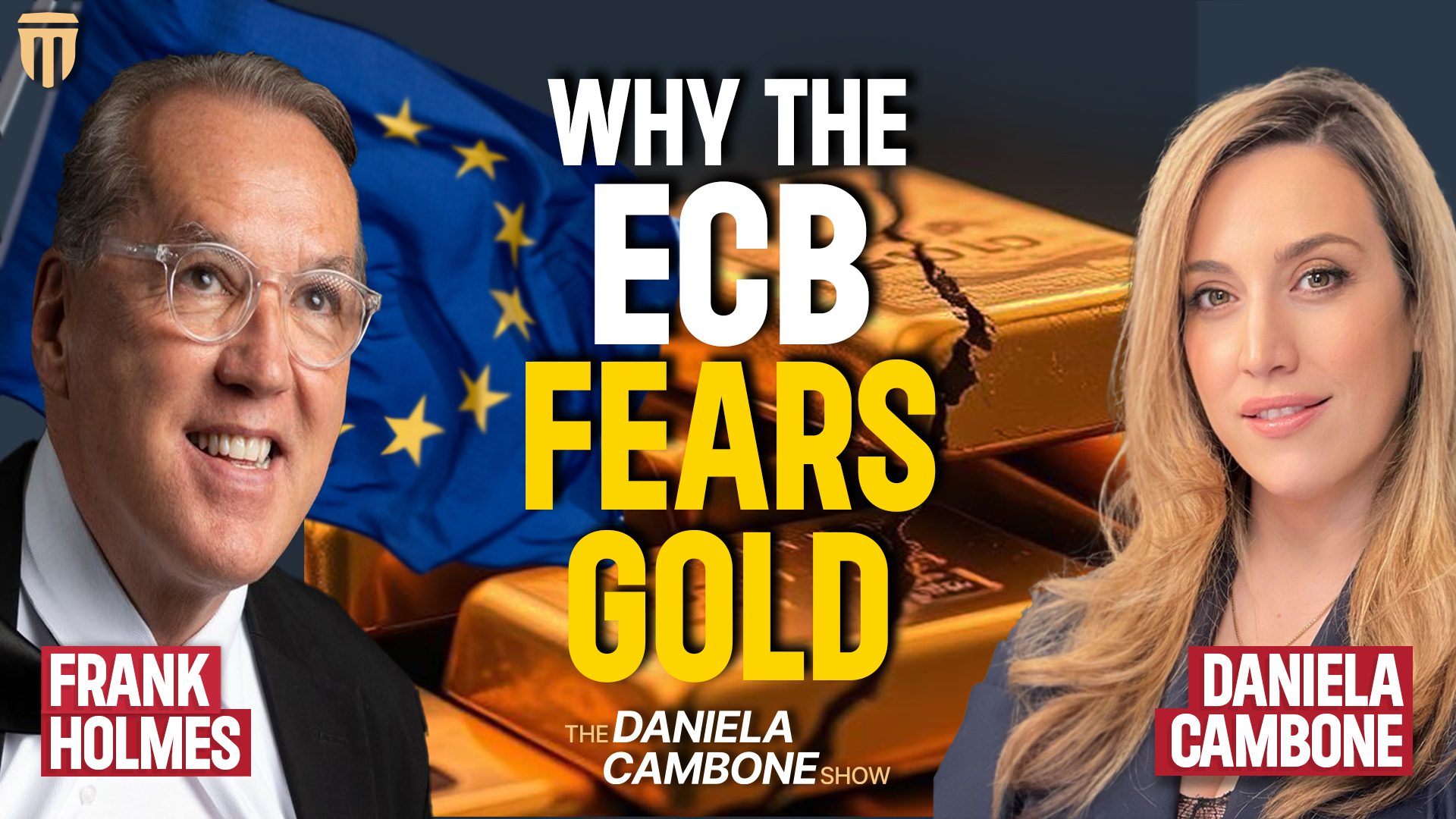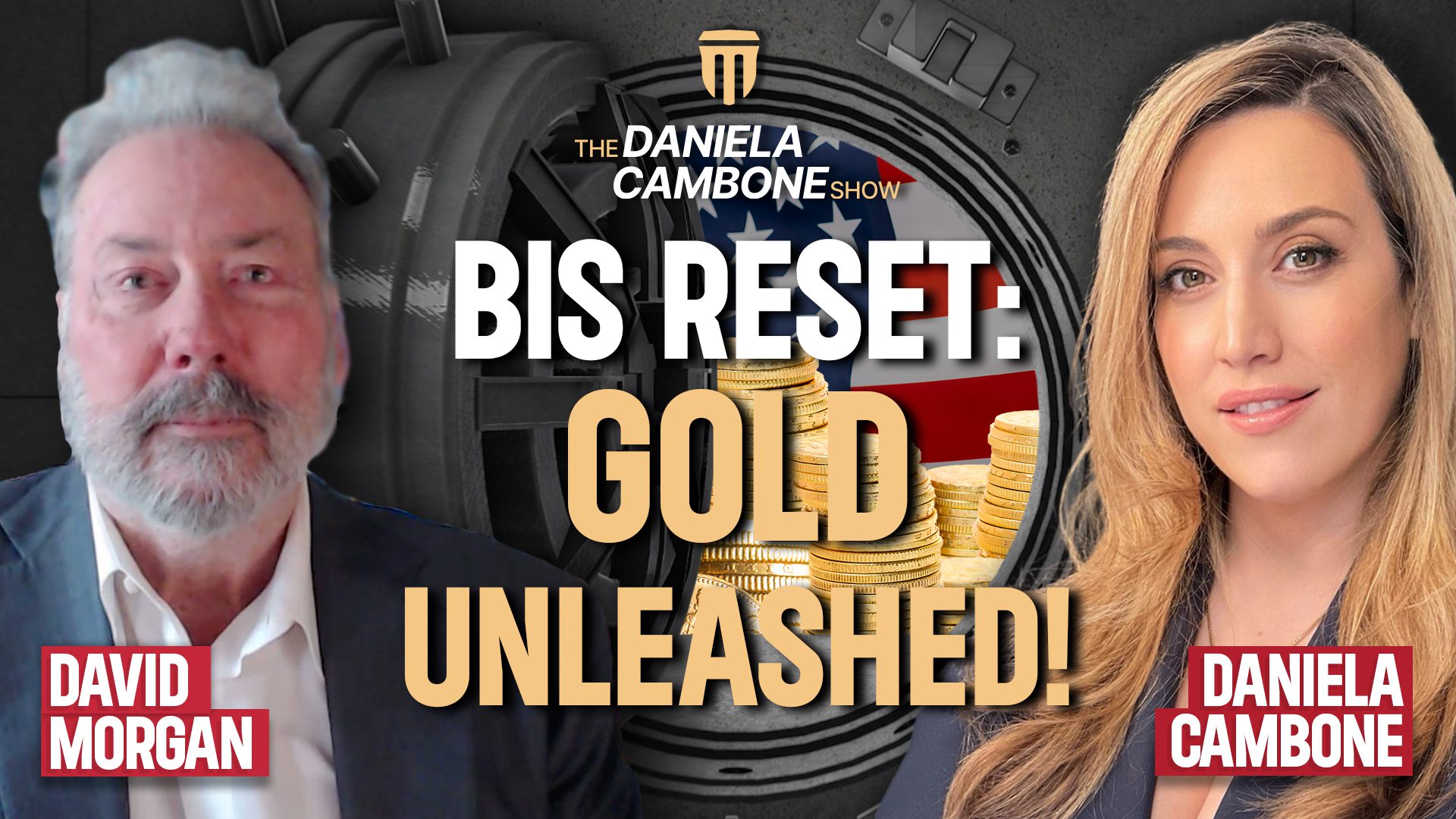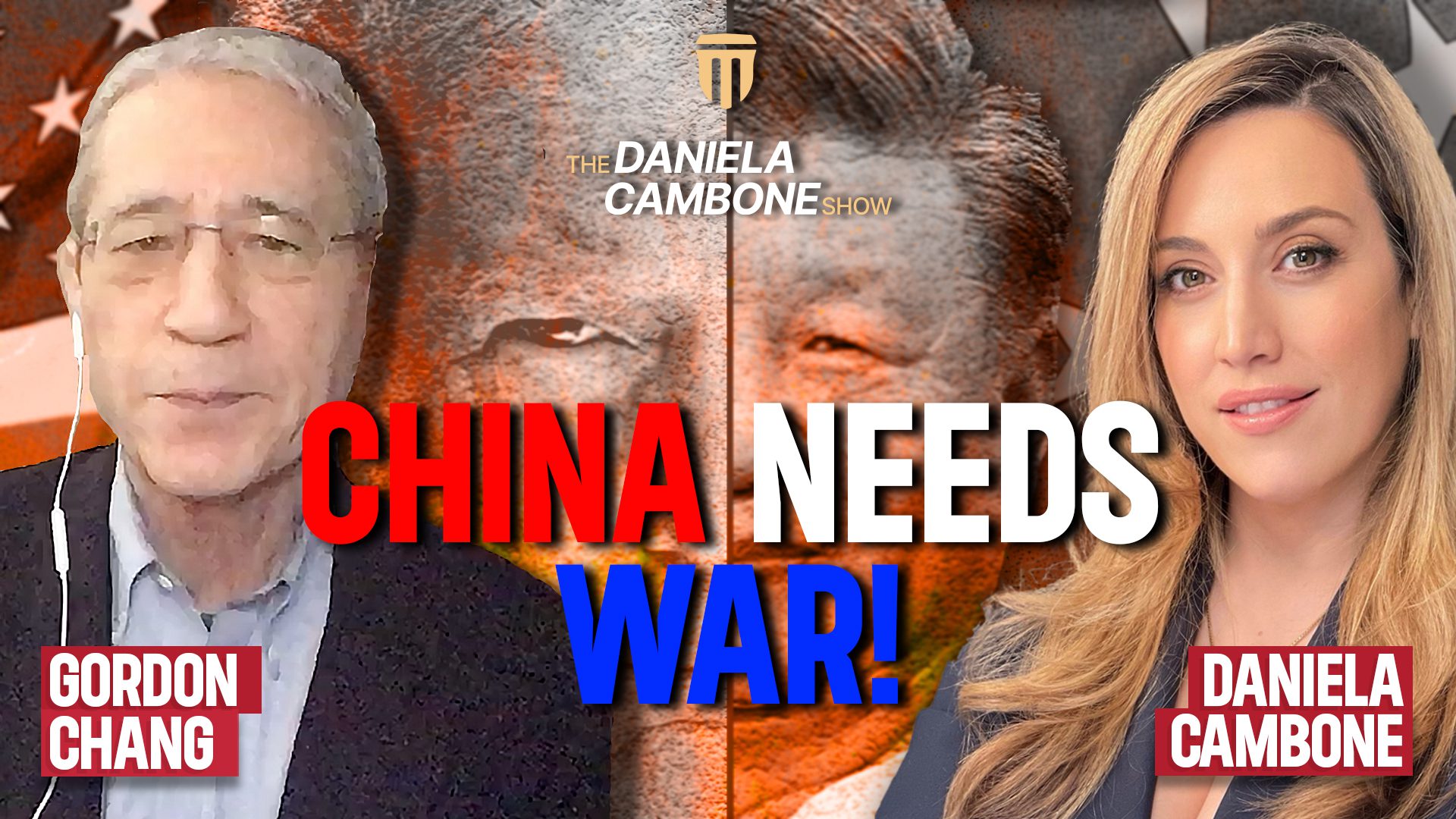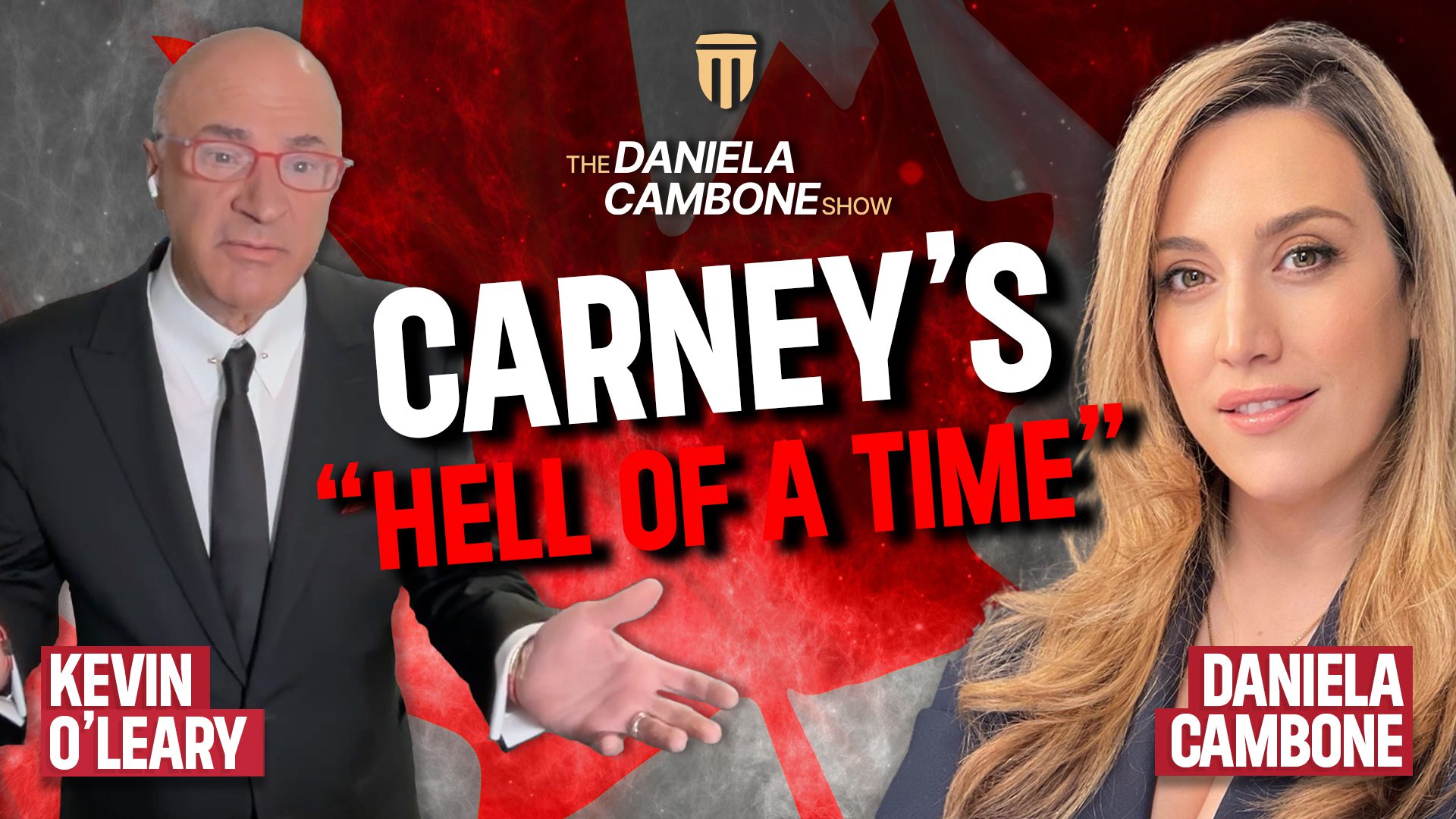How To Tell If A Coin Is Counterfeit
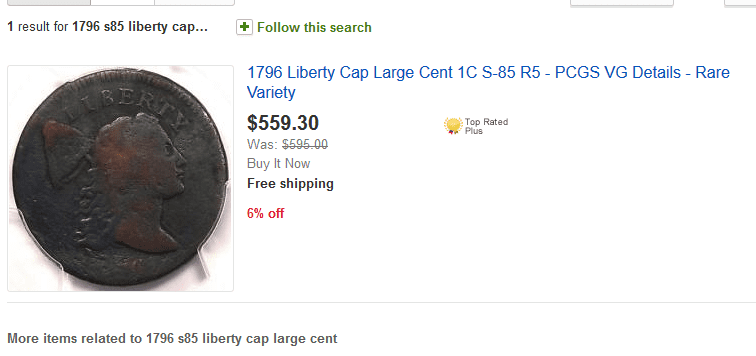
Counterfeit coins are very interesting. There are all types of counterfeit coins. There are also a myriad of ways how to tell if a coin is counterfeit. Some ways are easier than others. You see, the more intricate and correct the forgery is, the harder it is to detect. See Our Gold CoinsÂ
Following is a more in-depth look at authenticating a US Large Cent coin. The coin is dated 1796. Michael Fahey, a Senior Numismatist, describes in a very detailed article for Coin World Weekly magazine how this particular coin was found to be counterfeit.
How To Tell If A Coin Is Counterfeit : Diagnostics.

Michael Fahey
Those that study coins, or numismatics, use diagnostics to help categorize authentic coins and counterfeits. A diagnostic can be a particular and known flaw in a counterfeit. Mr. Fahey’s article helps one gain a clearer understanding of diagnostics and their uses. See our silver coins
The first diagnostic that Fahey mentions is the weight of the spurious coin. The impostor weighs about 0.6 gram less than a genuine coin of the same type in better condition. Fahey brings up the solid point that old copper coins can lose significant weight through use and wear. However, he counters that in this case, the coin does not show the wear associated with a coin being so underweight.
Diagnostics Decide.
He does mention, however, that the details that would usually be worn on an underweight coin were instead “weak†and “raggedâ€. Additionally, the edge of the counterfeit has what Fahey describes as a “sharp and modern look to itâ€. Of special note is the fact that he then states that oftentimes counterfeiters pay little or even no attention to properly reproducing the coin edges. This can make spotting a fake easy since true US minted coins have well defined and even ornate edge designs.
In addition, Fahey identifies more diagnostics particular to this counterfeit. Small pits appear on the neck of Lady Liberty on the front side of the coin. There is also a small crater that can be located just to the left of Lady Liberty’s ear. Many raised bumps and depressions appear around the BER in LIBERTY. There is even a small part of the front of the coin which seems to have been repaired.
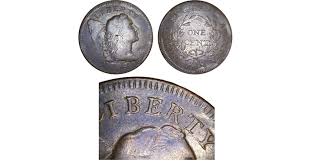
Coin World Published This Graphic Of The Spurious Coin.
Throughout the article, the author mentions that there may be differing reasons why each particular diagnostic is visible on the coin. And, we will get to these ponderings in just a bit. Because this is where the story becomes even more interesting.
How To Tell If A Coin Is Counterfeit : Counterfeit Types.
Counterfeiters have found many methods to produce their wares. This counterfeit, in particular, was created by taking a real 1796 Liberty Cap Large Cent coin and making a cast of it. The cast was then used to create a die, and the die was used to press counterfeit coins. There is no way of knowing how many of these particular counterfeits were produced, or where they may be.
Fahey surmises that the small crater by Liberty’s ear and the pits on her neck could have been transferred as errors from the original coin. Or perhaps, the defects could have already existed in the copper disc used to make the copy. The bumps and depressions around BER could have also been defects in the original coin, or they could be results of poor die production techniques, the author notes. The same can be said for the area of the coin that appears repaired.
How To Tell If A Coin Is Counterfeit : Columbo.
You could draw an analogy between diagnostics and fingerprints or DNA or blood or saliva. Each trace tells it’s own story. What would not be apparent to most casual observers, is just how rare these coins are and how well studied and documented they have become.
For instance, collectors and numismatists have developed a classification system for coins. This system was pioneered by William Sheldon specifically for US Large Cent varieties. The system is named after him; Sheldon. This particular US Large Cent happens to be a quite rare classification of the coin and is known as a Sheldon 85 die variety.

Peter Falk’s Detective Columbo Character Had A Knack For Solving Complex Crimes.
Experienced collectors can use low magnification to identify the different variations of the same coin. These variations can be caused by the slight variations that exist between dies, or by die wear or cracking.
Because there are so many tell-tale signs and attributes that might be inherent to the original coin that was used to make the counterfeit, and because there are so few known examples of this variety, finding the actual coin used to create the counterfeit die might be possible!
Counterfeit Coin Values.
A recent search of the US Large Cap Cent market did not reveal any relevant results for this particular variation of the coin, but the results were interesting nonetheless. At the low end of the market is a Sheldon 85 in a poorer condition than the counterfeit was produced and marketed as. The genuine coin one cent coin sells for more than $500.
At the high end of the market, is a Sheldon 87 variety in Almost Uncirculated (AU) 55 condition. This coin sells for more than $26,000. I am no Large Cent expert, and Fahey does not give any coin values in his article, but I would guess that the copy was meant to be of a very valuable and rare collectible coin. None of this happened by accident.
How To Tell If A Coin Is Counterfeit : Call ITM Trading.
ITM Trading can help you determine the authenticity of a coin. ITM Trading can also submit your coin to either NGC or PCGS authentication, grading, and encapsulation. If you don’t have rare Americans gold or silver coins to submit, ITM Trading can sell you coins guaranteed by either PCGS or NGC.


